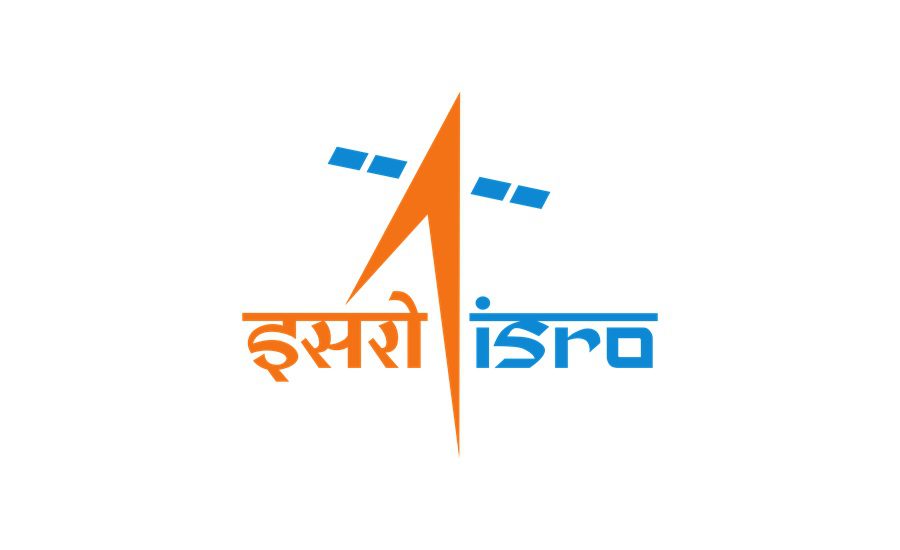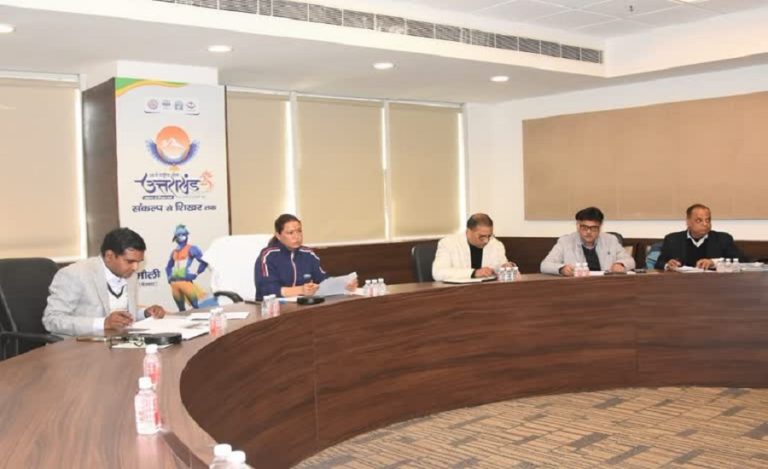Bengaluru/New Delhi: The Indian Space Research Organisation (ISRO) is preparing to launch two critical military satellites by the end of 2025, the GSAT-7R and the Technology Demonstration Satellite (TDS). Together, they will significantly boost India’s naval communication and surveillance network, replacing ageing assets and advancing indigenous space capabilities.
The GSAT-7R, designed exclusively for the Indian Navy, will succeed the GSAT-7 Rukmini satellite launched in 2013. Rukmini has long been the backbone of naval communications, enabling secure real-time links between warships, submarines, aircraft, and shore-based command centers across the Indian Ocean.
GSAT-7R: Advanced Naval Communication Backbone
The GSAT-7R is expected to weigh about 2,650 kg and operate in geostationary orbit. Valued at around ₹1,589 crore (US$225 million), the satellite will be launched aboard ISRO’s GSLV Mk-II launch vehicle.
With upgraded payloads, GSAT-7R is designed to expand secure, multi-band communications for the Navy’s growing blue-water operations. Its enhanced coverage and resilience will strengthen India’s network-centric warfare capabilities and extend the Navy’s operational reach across critical maritime domains.
Technology Demonstration Satellite: Expanding Indigenous Capability
Alongside GSAT-7R, ISRO will also deploy the Technology Demonstration Satellite (TDS). While specific technical details remain classified, the TDS underscores ISRO’s drive to innovate and develop indigenous technologies for advanced satellite missions. The project is part of a broader push to enhance India’s technological self-reliance in space-based assets for defence.
Part of ISRO’s Expanding Space Ambitions
The satellite launches form part of ISRO’s ambitious 2025 roadmap, which also includes the development of a next-generation heavy-lift rocket capable of carrying payloads up to 75,000 kg into low Earth orbit. Standing as tall as a 40-storey building, this rocket will mark a transformative leap in India’s launch vehicle capability.
India currently maintains a constellation of about 55 satellites, with plans to triple this number within the next three to four years. The acceleration in satellite deployment highlights India’s growing dependence on space for defence, science, and commercial applications.
Strategic Relevance for Naval Operations
By replacing Rukmini with GSAT-7R, the Indian Navy will gain a more robust and secure communication backbone, vital for coordinated operations across dispersed fleets and assets. The satellite will ensure uninterrupted connectivity in complex maritime missions, while reducing reliance on foreign space-based infrastructure.
Together, GSAT-7R and TDS mark a dual step forward strengthening naval defence capability while advancing India’s broader space ambitions.
Also Read: NISAR Launch: ISRO Thanks ITI Ltd for Supplying Critical Avionics Systems – Details Inside



























